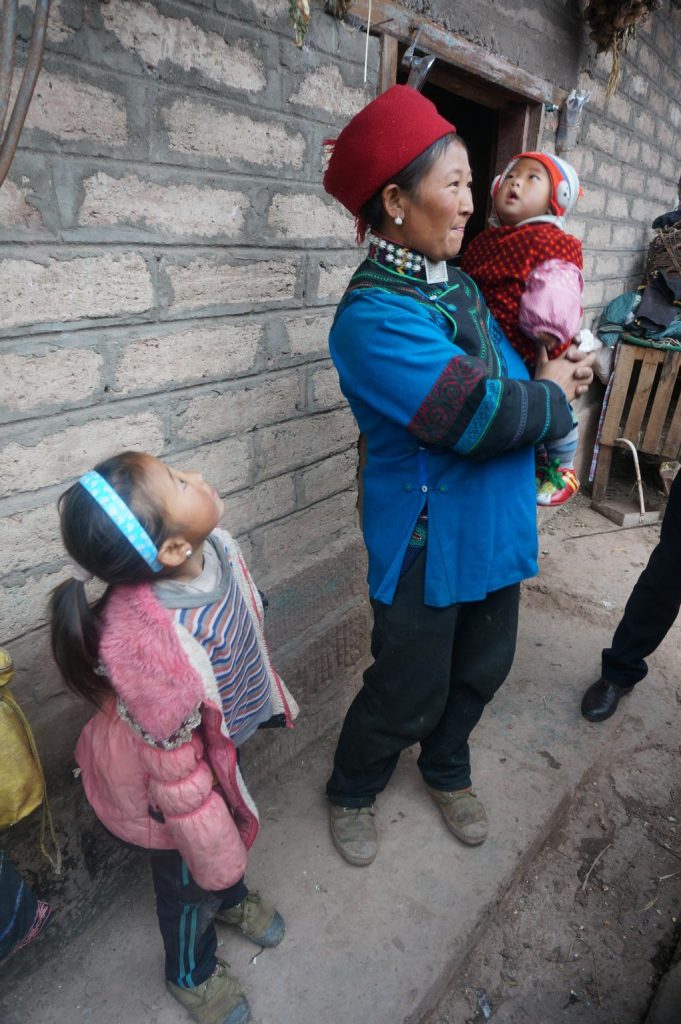In 2003, China’s handling of the early stages of the epidemic of severe acute respiratory syndrome (SARS) was heavily criticized and generally considered to be suboptimal. Following the SARS outbreak, China made huge investments to improve surveillance, emergency preparedness and response capacity and strengthen public health institutions. In 2013, the return on these investments was evaluated by investigating China’s early response to the emergence of avian influenza A(H7N9) virus in humans.
The relevant infrastructures, surveillance systems and response capacity need to be strengthened in preparation for future emergencies caused by emerging or existing disease threats. Results of risk assessments and other data should be released promptly and publicly and such release should not jeopardize future publication of the data in scientific journals. Coordination between public health and veterinary services would be stronger during an emergency if these services had already undertaken joint preparedness planning.



